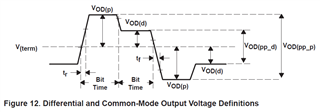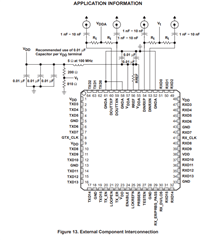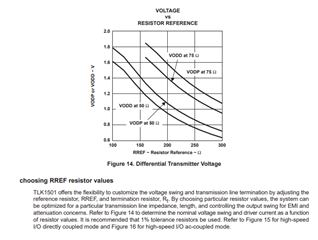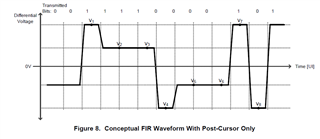Thank you for your help
Please tell me about the output level specified on page 18 of the datasheet.
What settings are selected for Preemphasis VOD(p) and Deepasis VOD(d)?
I think that there are other TI buffers that select the level by setting the setting pin, but what is the specification of this IC?
Data Sheet : TLK1501 0.6 TO 1.5GBPS TRANSCEIVER (Rev. F)
best regards






